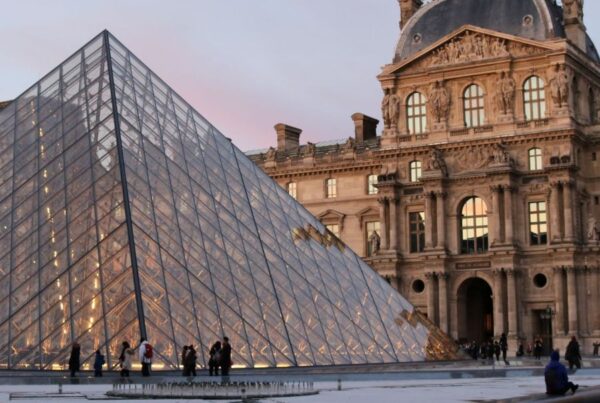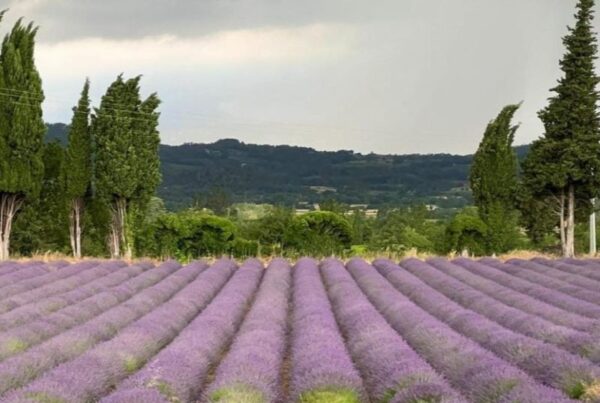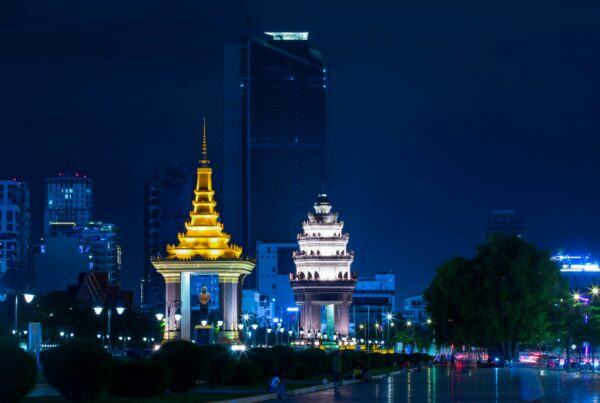
Europe doesn’t have many cities that are gritty anymore. I remember my first trip to Paris as a child in the 1980’s, it was a darker place of gypsies and time blackened buildings. I have similar memories of London. But the past 30 years have changed European cities dramatically. Paris, through the Grands Projets of the Mitterand administration, has transformed into a shining and beautiful city. London is undergoing drastic modernization. Gentrification has come to major cities and the gritty parts, while they still exist, are not something that most tourists easily encounter.
Sicily’s capital city of Palermo is an exception. The city was heavily bombed during WWII and is only just now beginning to complete projects to repair the damage. Parts of town have a feel to them that is almost African, exotic and Third World. It can be a little shocking to causal visitors to see crumbling buildings and garbage, broken sidewalks and busy traffic. Without looking any deeper it would be easy to discount the city as messy and scary.
Much of this impression is just a perception, the way you look at it. If you focus in on the details, such as garbage and traffic, you miss the bigger picture. The siting of the city is just incredible. Set between dramatic mountain ranges, the valley and port of Palermo is referred to as the “Conca D’Oro” or Golden Shell, referring to the city’s historic citrus groves. Flying into Palermo, you can’t help but be surprised by the island jutting out of the aquamarine waters. It’s one of the most impressive approaches I’ve had on a plane.
The mountains surrounding the city hold cultural treasures. To the west is the cave church dedicated to the patron saint of Palermo, Santa Rosalia. To the south is Monreale, a cathedral from the 12th century built by the Norman king William II. The interior of the cathedral is a wallpapered treasure, mosaics from Byzantine masters which are some of the best preserved in the world. Within the city, the marketplaces of Ballarò, Capo and Vucciria are reminiscent of something more exotic and distant. Fish merchants call out their advertising slogans in a constant chatter. Produce overloads the display tables with an impressive array of variety and abundance. There are many reasons to enjoy the city. How to go about seeing it can be harder. What I suggest is to start by understanding the city’s past.
Once upon a time, not so long ago by Italian standards of history, Palermo rivaled Paris and Vienna. The opera house, Teatro Massimo, is one of the largest and most elegant in Europe. The 19th century was a time of elegance for the city, as historical photos will attest. If you use your imagination and start to notice it, you will see a city emerge, surrounded by sweetly scented orange groves and sparking blue water. While walking the streets of Palermo, I like to imagine myself with a parasol and a gown, swishing down the street, the clatter of horse drawn carriages on the streets.

Still can’t see what I’m seeing? Here are a couple of other strategies. Visit a noble home if you can. Before WWII, the city had many noble families living in palaces. Many of these families have abandoned Palermo and the palaces converted into apartments or hotels. A few remain, though, and provide an excellent insight into upper class lifestyles of only a few generations ago. One is Palazzo Mirto, a family home that is now a museum. The family that once owned it has left behind furniture and belongings, so it doesn’t take much to get your imagination going. I’ve been fortunate enough to take my group to visit Palazzo Conte Federico, the private palazzo of one of the very few noble families left in the city. Contessa Alwine Federico has been a gracious hostess, giving us a tour and taking questions from my groups. She’s also a singer with a lovely voice. After a visit with the Contessa, Palermo begins to look different, more golden and inviting, because you know what is behind the walls of fading buildings.

My other strategy is to look up. Looking at street level shows you only broken sidewalks and garbage, storefronts and traffic. But when you look up, something magical happens. The buildings are quite lovely, some renovated and others in elegant decay. Wrought iron balconies overhang the street at every point, and it’s fun to imagine ladies with their fans on the balconies during the years of Spanish occupation. Look for the elegant details of times gone by, like carved doorways or painted ceilings visible from the street.
It will be easier in the future to love this city. One of the main streets has been recently closed to traffic and Palermo is embracing a pedestrian-only center. Restoration works are in progress, even over the past 4 years of my visits I have seen the city change immensely. So now is the time to visit, use your informed eye and see it while it’s relatively untouristy, before it is discovered as the jewel it really is.
This is your sign to join us in Sicily in 2025
Sicily has a way of revealing itself slowly. You won’t need a checklist here, just time, curiosity, and a comfortable pair of shoes. This trip takes you through history and into daily Sicilian life.
It’s not polished, but that’s part of the point. The island is full of contrasts, and that’s what makes it so compelling. If you’re drawn to places that feel lived-in and full of character, Sicily might be exactly what you didn’t know you needed.
Discover more and book your 2025 adventure here.








Thanks for this. Soooo looking forward to my first visit. This is a nice bit of insight.:)